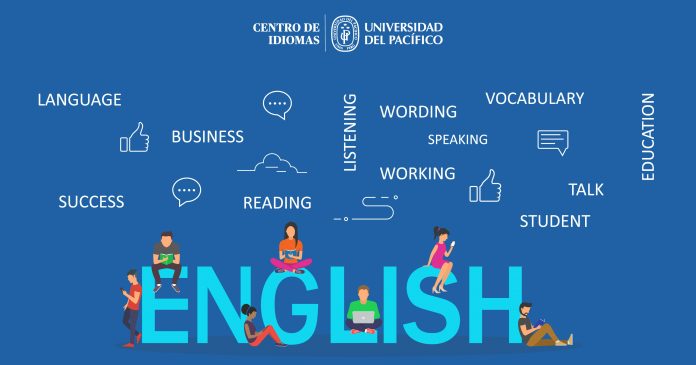It is well known that there is no perfect textbook for language teaching. Nor is there a one-size-fits-all textbook that adapts to the different learning styles of our students. The end of this academic year is a wonderful opportunity to analyse the strengths and weaknesses of our textbook. In fact, we can only analyse a textbook accurately after using it for ten school months.
A good start to assess the effectiveness of our textbook is to consider the following aspects in our analysis
- Does the textbook meet the objectives of the institution’s English program?
While this may seem obvious, a given series of textbooks may not be in step with the institution’s methodological standards. For example, if the development of students’ oral expression is a priority for a school, a series of textbooks should be highly communicative.
- Is the textbook series designed for learning English as a second or foreign language?
There is an important difference between ESL and EFL materials. ESL textbooks are appropriate for English courses that are at least fifteen hours per week. In addition, they require teachers with a near-native command of the English language.
- Are the grammatical contents aimed at developing communicative competence?
Some English textbooks overemphasize the presentation of grammatical content through tables, graphs, and exercises. Grammar teaching needs to culminate in a communicative activity in which students apply the learned structure in real contexts. A good tip is to check if the presentation of a grammatical point in a textbook end with a communicative activity.
- Authenticity is a must!
Check if your textbook has authentic reading and listening materials that are not controlled or edited for a specific level. Also, the topics developed should match the interests of the students.
- How are the units presented? Do all units start and finish in the same way? Also, are there units that have too much content in comparison to others?
We need to be careful with textbooks that are repetitive. Variety arouses students’ interest and increases their motivation.
About units and their contents, it should be considered that an uneven distribution of learning content throughout a textbook generates methodological problems
- Is the chosen textbook series complete?
It is not uncommon to find series whose higher levels have not been released by the time the series is adopted. When this happens, schools are advised to switch to another series to complete the first. Moving from one series to another to complete the first is not always a good strategy.
- How much time is allocated to English courses?
Although this may seem obvious, sometimes a chosen series may require more hours per week than the number of hours allotted by the school. Also, the opposite situation can be a problem since teachers would end up preparing supplementary working materials.
- Does a textbook require experienced teachers?
If the team of English teachers is still gaining experience, it would be better to work with a series of textbooks that provide many suggestions, detailed technical instructions, and supplementary materials. On the other hand, there are textbooks whose design requires to be used by experienced teachers.
I’m sure that many other points can be added to this list. However, the key point is to develop your skill for textbook evaluation. Thus, you’ll be ready not only to evaluate a textbook but also to select the best textbook series for your institution.











Deseo información de la carrera de ingles
Comments are closed.